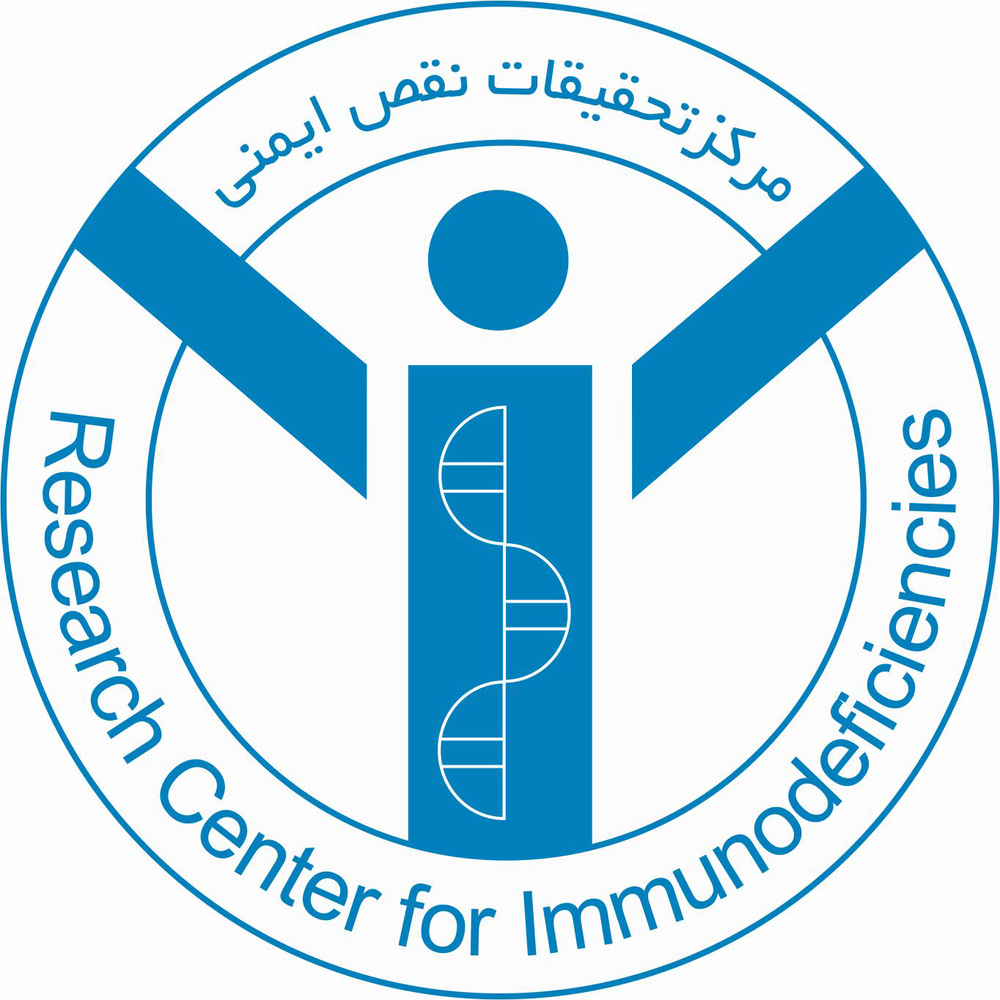A Cohort Study of Demographic data, Clinical Manifestations, Laboratory data, and Genetic Spectrum of Ataxia Telangiectasia in Iran
Ataxia Telangiectasia (AT) is a rare autosomal recessive disorder characterized by progressive neurological impairments, cerebellar ataxia, immunodeficiency, increased susceptibility to sinopulmonary infections, growth retardation, sensitivity to ionizing radiation, ocular and cutaneous telangiectasia, and a predisposition to various malignancies
Ataxia Telangiectasia (AT) is a rare autosomal recessive disorder characterized by progressive neurological impairments, cerebellar ataxia, immunodeficiency, increased susceptibility to sinopulmonary infections, growth retardation, sensitivity to ionizing radiation, ocular and cutaneous telangiectasia, and a predisposition to various malignancies. This disease is caused by different mutations in the Ataxia Telangiectasia Mutated (ATM) gene. There is significant clinical and laboratory variability among A-T patients, and evidence suggests that genotype-phenotype correlation affects the quantity and function of the protein produced by ATM gene expression.
Ataxia is usually the first diagnostic sign, which begins in the early years of life. Most patients experience walking difficulties by the end of the first year of life. Ocular or facial telangiectasia typically appears between the ages of 4 and 8. Many patients have recurrent respiratory infections due to low IgG levels. Leukemia or lymphoma occurs in 10-20% of patients and may be the first sign of the disease. Some patients are not diagnosed with AT until their second decade of life. Laboratory findings in these patients include elevated serum alpha-fetoprotein (AFP), various immunologic defects such as low serum IgA levels, characteristic chromosomal abnormalities, reduced or absent intracellular ATM protein levels, functional defects of the ATM protein, ATM gene mutations, and increased chromosomal breakage following radiation exposure.
The diagnosis of AT involves identifying increased chromosomal breakage due to radiation in cultured cells or the presence of progressive cerebellar ataxia with disabling mutations in both ATM alleles. Mortality rates in AT patients are significantly high due to various complications, including malignancies, infections, and nutritional issues. Although there is no specific treatment for AT patients, early diagnosis is crucial for genetic counseling, appropriate medical care, and avoiding unnecessary and costly diagnostic tests. Significant diagnostic delays have been reported in AT patients, potentially indicating a lack of awareness of this rare disease, its symptoms, and the tests to be performed if suspected. Previous studies have also shown that in Iran, AT is more prevalent among primary immunodeficiency disorders compared to most countries.
In this cohort study, the clinical, laboratory, and genetic mutation characteristics of Iranian AT patients will be examined. It is hoped that the results of this research will increase the awareness of specialists about this disease and thus facilitate faster diagnosis, which is key to early treatment for these patients.




comment